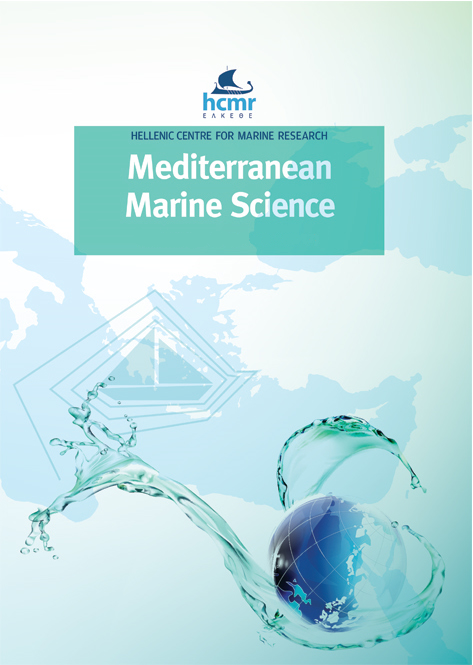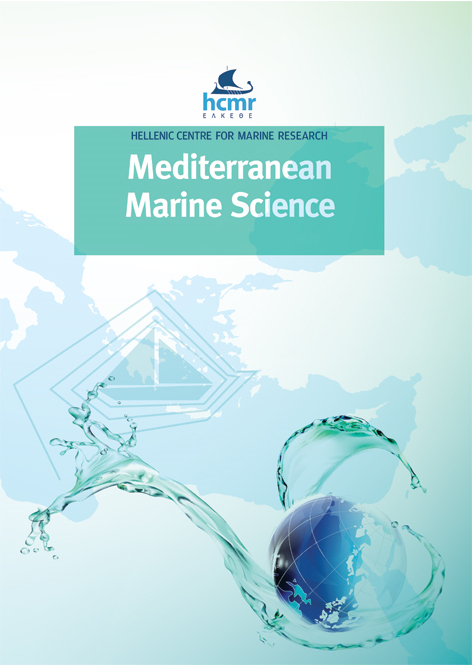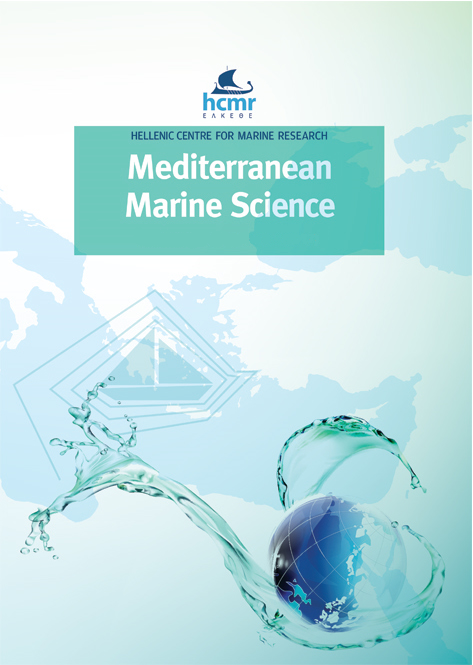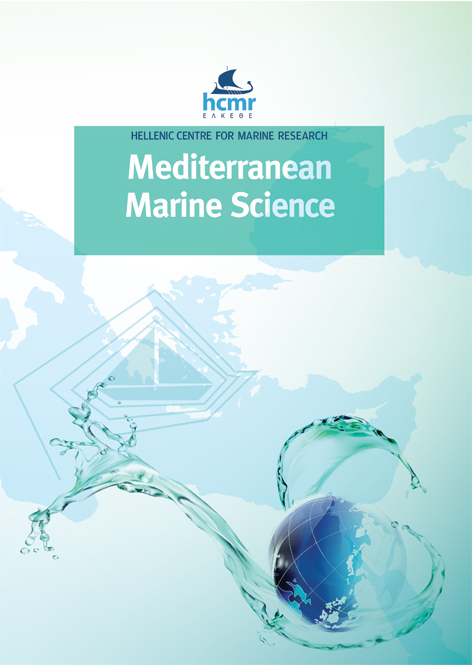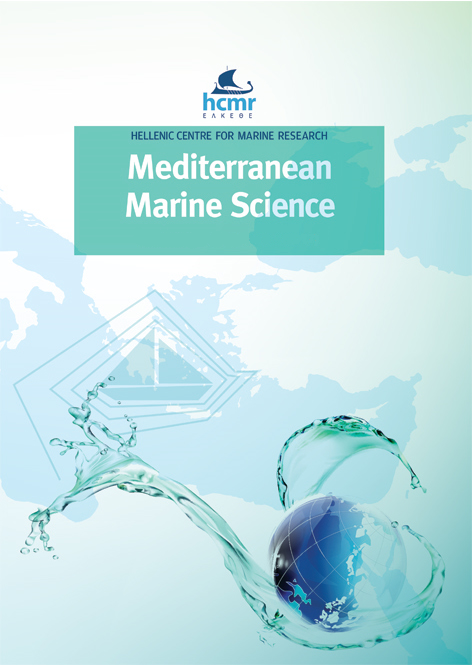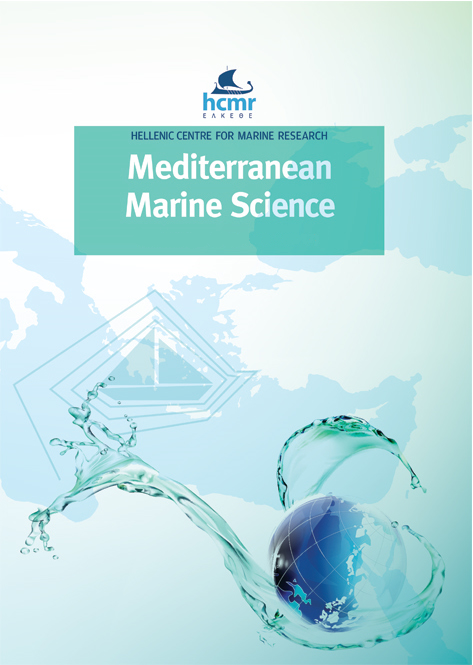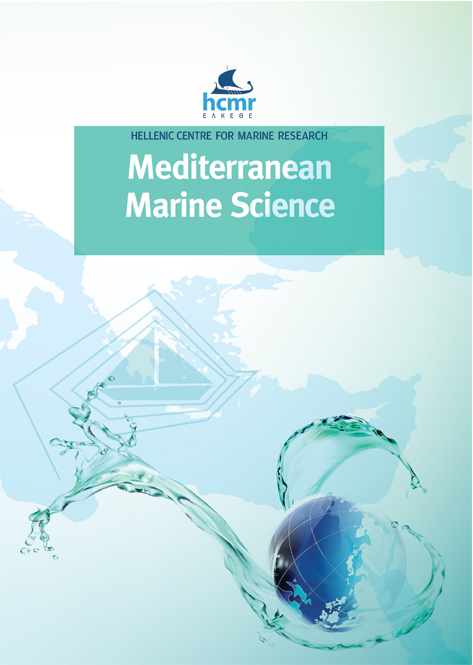Hitch-hikers of the sea: concurrent morphological and molecular identification of Symplegma brakenhielmi (Tunicata: Ascidiacea) in the western Mediterranean Sea

Abstract
We report here one of the first records of the non-indigenous colonial ascidian Symplegma brakenhielmi in the western Mediterranean Sea. Colonies of this invasive species were collected in 2014 and 2018 along the North-eastern Sardinia coasts (Olbia, Italy). Further colonies were observed in 2016 in the Mar Piccolo basin (Gulf of Taranto, Italy). Both areas are strongly influenced by anthropogenic activities such as commercial shipping and aquaculture and these human-mediated pathways are the most likely vectors of introduction. In both areas, the colonies present two different color phenotypes, the yellow and the red type, with the yellow coloration never previously found in the Mediterranean Sea. Morphological and DNA barcode analyses of the collected specimens show that both these color types belong to the same species. Phylogenetic and species delimitation analyses based on the DNA barcode confirm our identification as S. brakenhielmi, but also indicate a surprisingly high similarity with published sequences of two other species, including the co-generic species Symplegma rubra Monniot, 1972. Morphological and molecular examination of a large number of samples of these species is needed in the near future to clarify this issue.
Article Details
- How to Cite
-
MASTROTOTARO, F., MONTESANTO, F., SALONNA, M., GRIECO, F., TRAINITO, E., CHIMIENTI, G., & GISSI, C. (2019). Hitch-hikers of the sea: concurrent morphological and molecular identification of Symplegma brakenhielmi (Tunicata: Ascidiacea) in the western Mediterranean Sea. Mediterranean Marine Science, 20(1), 197–207. https://doi.org/10.12681/mms.19390
- Issue
- Vol. 20 No. 1 (2019)
- Section
- Research Article
Authors who publish with this journal agree to the following terms:
- Authors retain copyright and grant the journal right of first publication with the work simultaneously licensed under a Creative Commons Attribution Non-Commercial License that allows others to share the work with an acknowledgement of the work's authorship and initial publication in this journal.
- Authors are able to enter into separate, additional contractual arrangements for the non-exclusive distribution of the journal's published version of the work (e.g. post it to an institutional repository or publish it in a book), with an acknowledgement of its initial publication in this journal.
- Authors are permitted and encouraged to post their work online (preferably in institutional repositories or on their website) prior to and during the submission process, as it can lead to productive exchanges, as well as earlier and greater citation of published work (See The Effect of Open Access).





